Kidwelly Action Plan
A green-blue portrait of Kidwelly
Image: View of Kidwelly Castle from the River Gwendraeth Fach
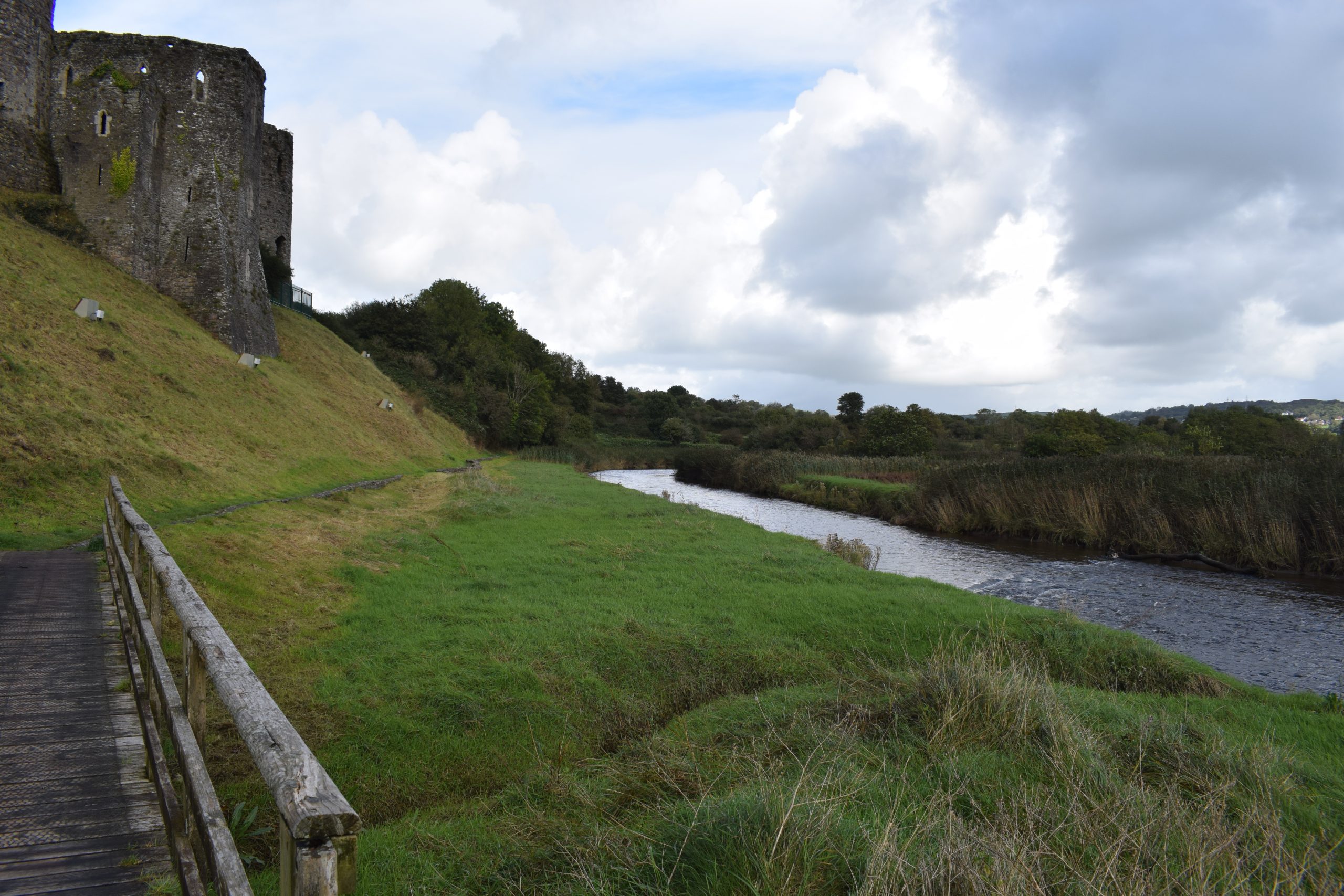
Kidwelly is a small historic coastal town lying between two rivers, the River Gwendraeth Fach and the River Gwendraeth Fawr – at the mouth of the Three Rivers estuary. The estuary flows into Carmarthen Bay, an attractive estuarine landscape with valuable marsh habitat for local wildlife.
Kidwelly has strong links to the Wales Coast Path, a National Cycle Route, and to the Millennium Coastal Path along cycling and walking routes.
The town also boasts several popular tourist and local attractions. Kidwelly castle is set in the attractive Taf and Tywi Estuary Registered Historic Landscape. The Kymer’s Canal and Quay wildlife park, Glan yr Afon nature reserve, and the attractions of Carmarthen Bay, and Pembrey Country Park all provide an important GBI context to the town.
Image: Coastline at Pembrey Country Park
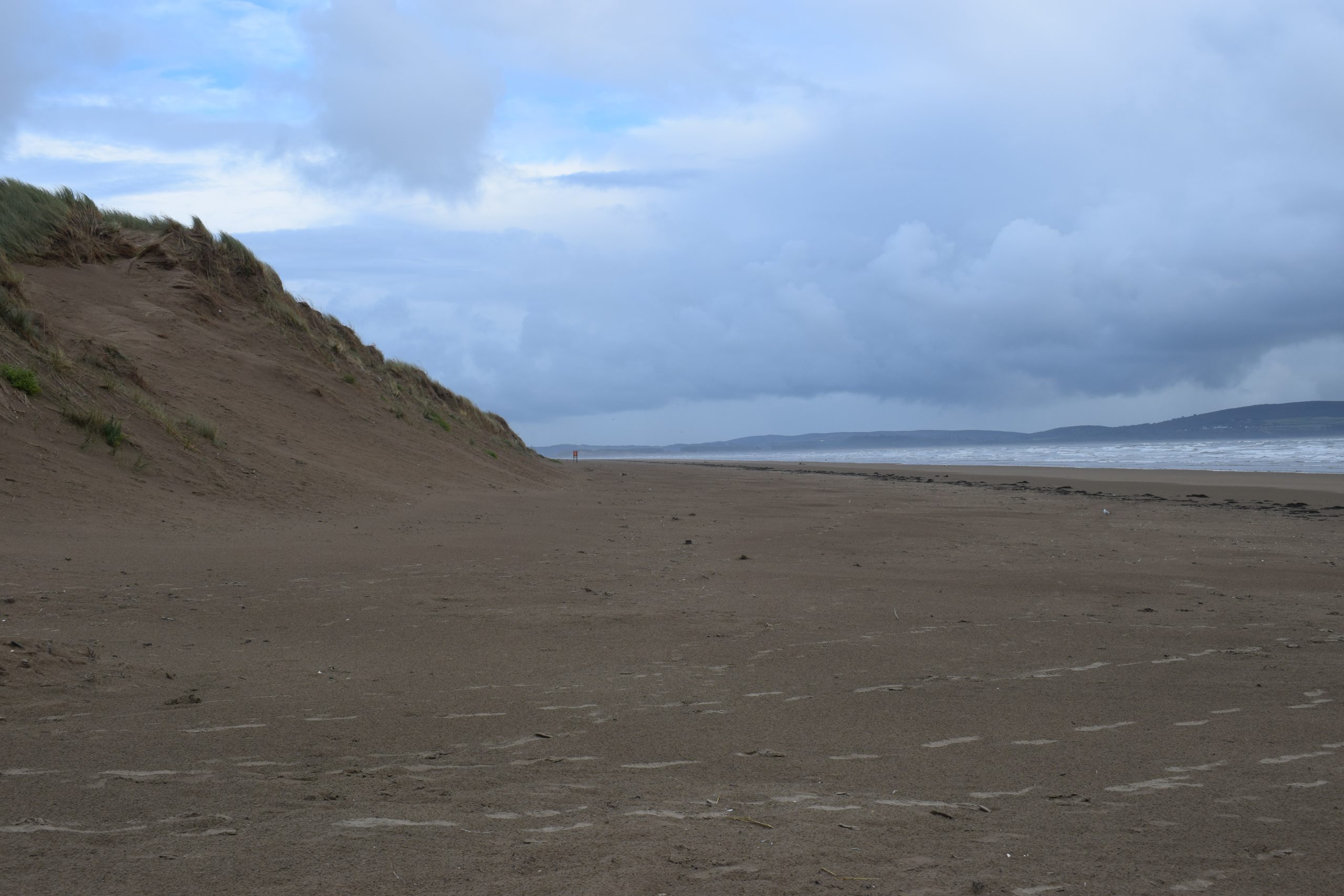
“We have great natural resources here being on an estuary, they are undervalued and could be sensitively enhanced…”
– Stakeholder, online survey
See Appendix A for a summary of all stakeholder comments.
What are the key challenges facing Kidwelly?
Water quality
Kidwelly and the wider region are significantly affected by the challenge of phosphate pollution. Thisis caused largely by waste water and agricultural run off, as well as ageing sewage and water infrastructure. Phosphate pollution affects the water quality of the River Gwendraeth Fach and Gwendraeth Fawr and flows into the Three Rivers estuary. It can lead to hyper-nutrification, which Natural Resource Wales found is causing damage to habitats in Carmarthen Bay estuaries.
Flooding
Flood defences protect around half of the town. However, large areas of Kidwelly are still at risk of coastal or river flooding. Climate change is also expected to gradually increase tidal levels and the intensity of rainfall, further increasing flood risk.
Economy and public realm
Retail, hospitality, and accommodation businesses sit at the heart of Kidwelly’s economy. However, spending is concentrated at the castle and other key attractions compared to within the town centre.
Kidwelly’s economy is also threatened by competition with larger nearby towns (such as Carmarthen and Llanelli) and by the long term effects of Covid-19. Some vacant and poorly mantained town centre buildings and spaces detract fom an attractive town centre.
Image: Kidwelly high street
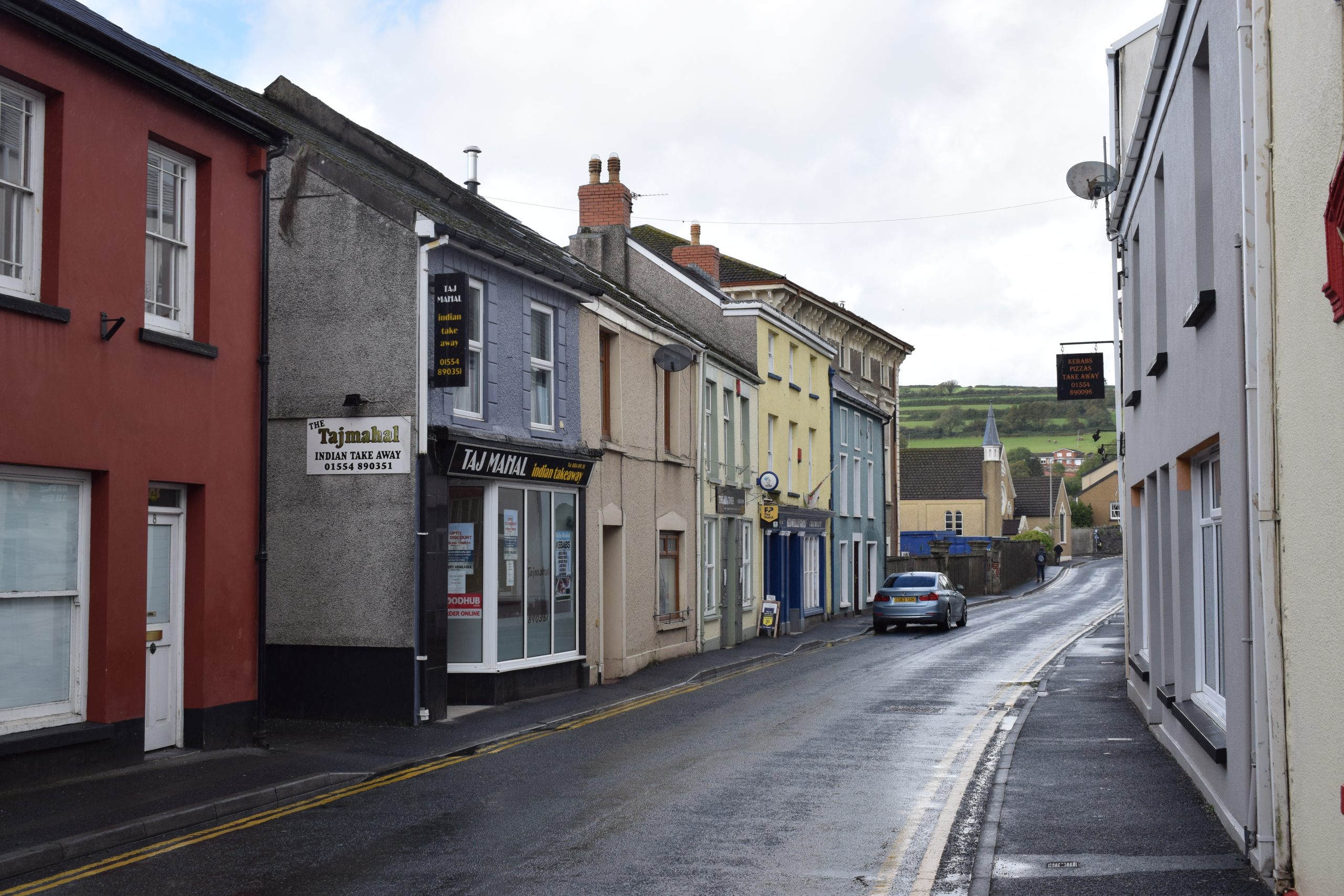
Population
Kidwelly benefits from a vibrant and active local community. The GBI network will need to respond to the ageing population in Kidwelly, ensuring it is adapted to their needs. The social and economic status of Kidwelly residents is around the average for Wales for most areas of the town.
The exception is an area of central kidwelly that falls in the 20% most deprived areas in Wales. This area spans from Water Street, and south through Bridge Street, to Causeway Street and from Station Road in the east to Elms Grove Road in the west. Interventions should be planned for this area, particularly when it comes to access to high quality open space and wellbeing resources. Flood defences should be prioritised in Bridge Street and Station Road – which are also classified at high risk of coastal and river flooding.
Welsh language
There is little visual use of Welsh and Welsh speaking staff in the town, or Welsh speakers establishing their own businesses. However, Welsh speaking in Kidwelly remains above the average for both Carmarthenshire and Wales.
Access to green space
Carmarthenshire’s Open Space Assessment (2020) shows that Kidwelly meets nearly all of Countryside Council for Wales benchmarks for providing access to open space, but does not meet the benchmark for access to formal parks and gardens.
The Open Space Assessment (2020) also shows that Kidwelly does not meet National Playing Fields Association benchmarks for providing playful spaces for young people. Improving the quality of open spaces for play and leisure is a key way of improving Kidwelly’s green spaces.
Image: An existing pocket park in Kidwelly
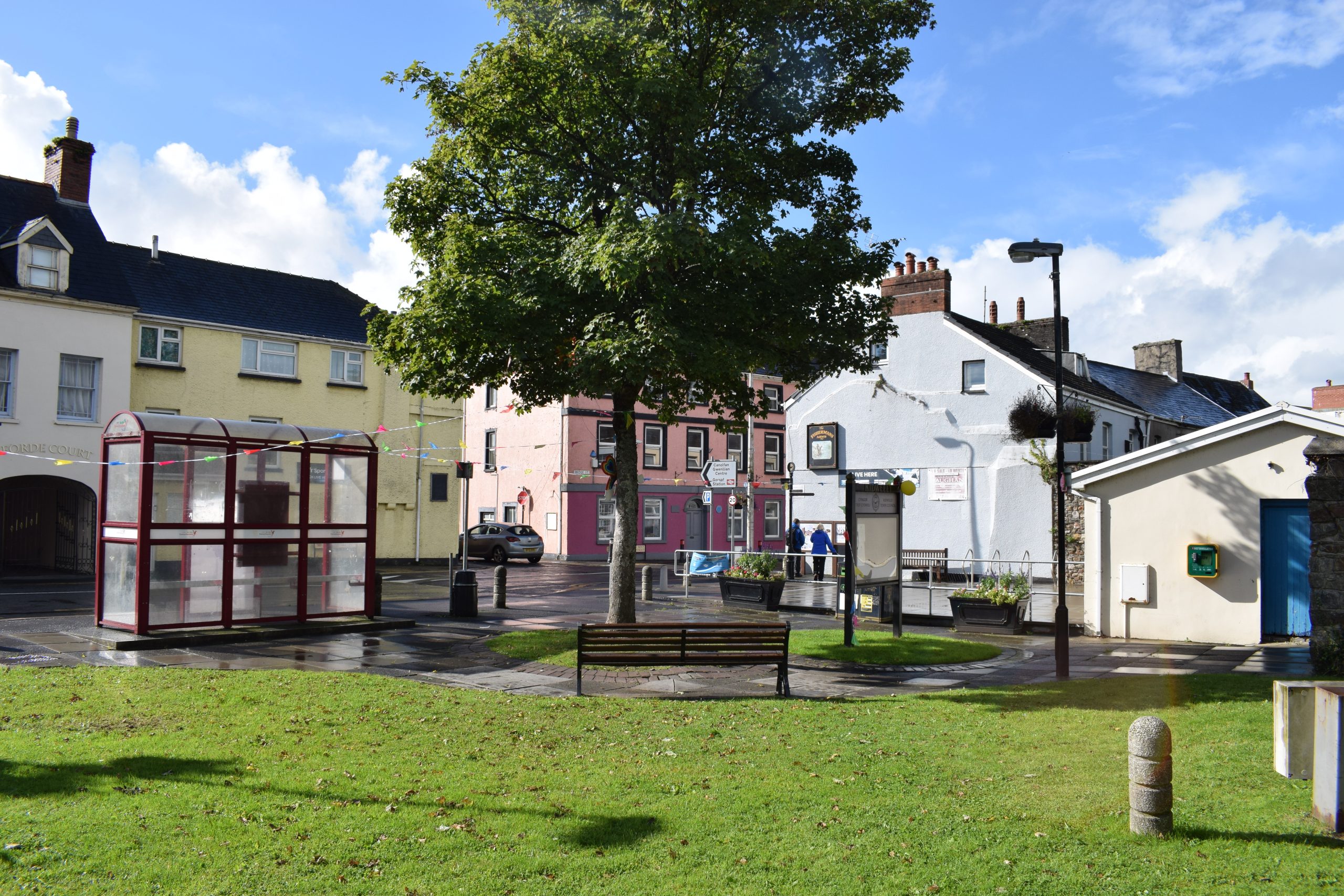
Map of Key Opportunities in Carmarthen
Map: Kidwelly opportunity map - Download image
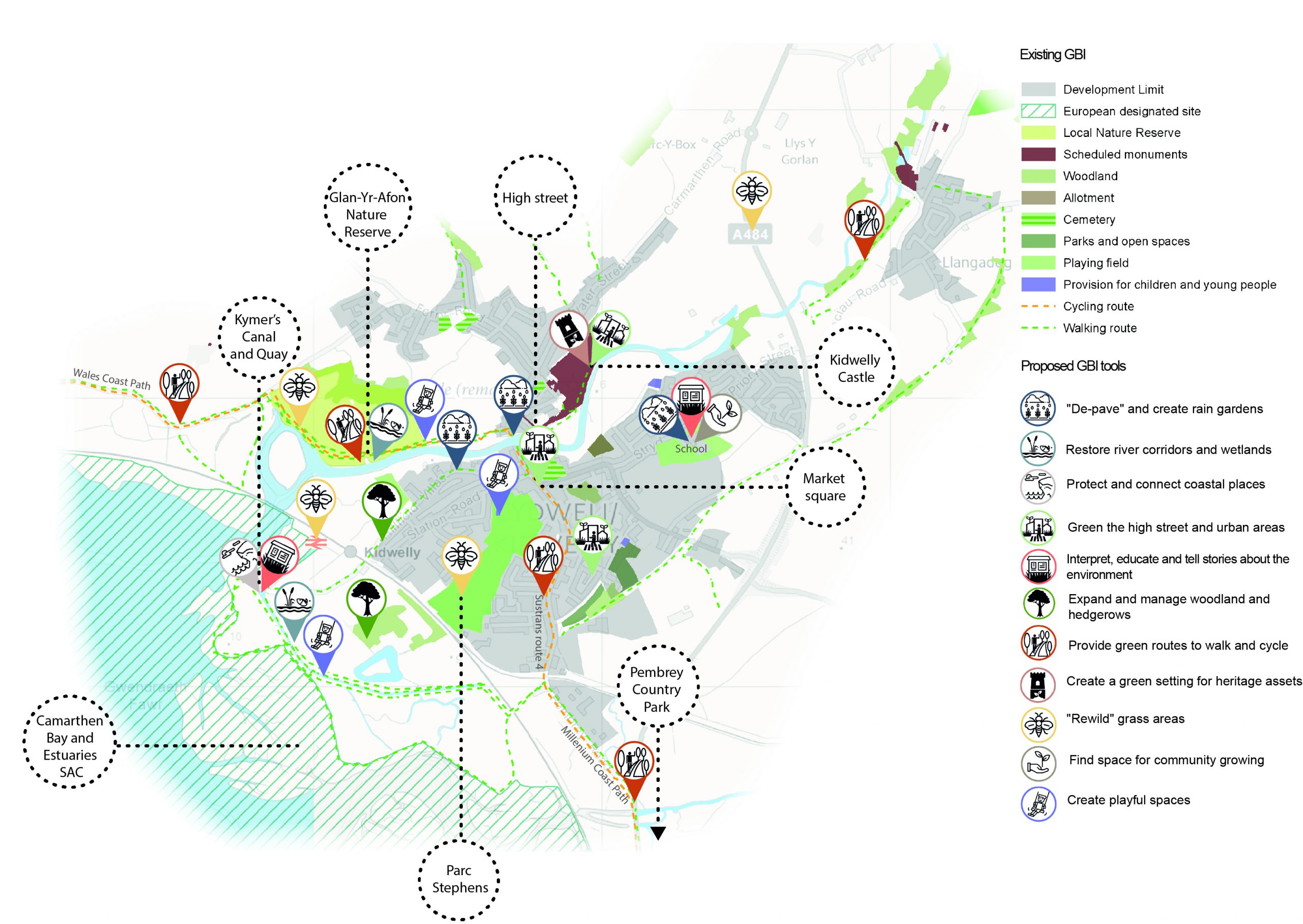
View the full toolbox, learn how to use the toolbox with each town and explore green and blue infrastructure assets in Carmarthenshire in more detail.
Overview of key opportunities for Kidwelly’s GBI network
Key opportunities in Kidwelly beyond GBI include boosting the local economy and high street and building on support from the Coastal Communities fund are key opportunities. This is discussed in the draft Sustainable Economic Growth Plan for Kidwelly.
Opportunities to improve the town’s public realm can improve the local visitor economy. Green streets and restored rivers and coasts are more welcoming and pedestrian-friendly. They can aid wayfinding and signage, and build on the key visitor attractions of Kidwelly Castle, Kymer’s Canal and Quay.
The paragraphs below provide further commentary on the opportunities highlighted in the map above.
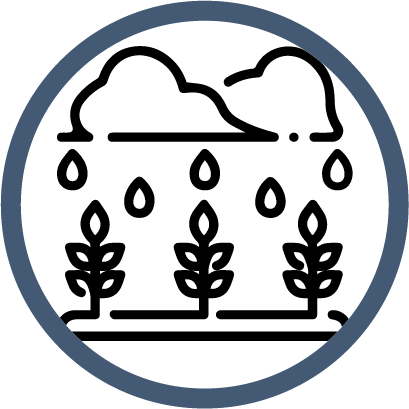
"De-pave" and create rain gardens
See more information in the GBI toolbox page.
Residential areas and key roads like Bridge Street and Hillfield Villas are among the areas at most risk of coastal and river flooding. The extensive car parks, paved and heavily built up areas across the town also increase the risk of surface water flooding.
Prioritising de-paving in key vulnerable areas and introducing targeted rain gardens will improve natural resilience to surface water, river, and coastal flooding. Beyond flood risk, rain gardens and natural materials also brighten up streets, improve water quality and improve biodiversity.
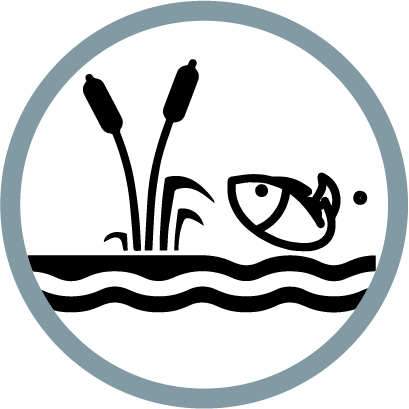
Restore river corridors and wetlands
See more information in the GBI toolbox page.
Restoring habitats along the town’s key river corridors, the River Gwendraeth Fach and the River Gwendraeth Fawr, would help to provide important aquatic habitats.
Riparian planting would be an opportunity to enhance tree cover and habitats along the river in Glan yr Afon nature reserve and Kidwelly Quay. These areas are already popular for recreation and could be further enhanced for wildlife and for the enjoyment of visitors with more wildflower areas, shelters, hides and facilities such as picnic tables and toilets.
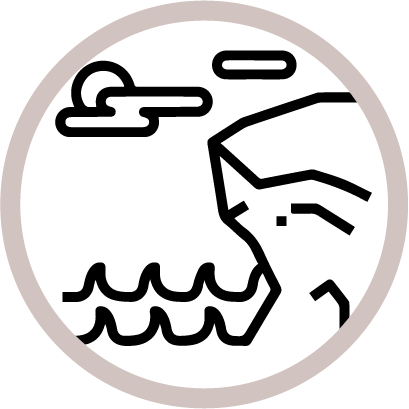
Protect and connect coastal places
See more information in the GBI toolbox page.
Educational and interpretation boards around Kidwelly’s coastal edge highlighting bird watching opportunities and providing information on the habitat and species it supports, would help visitors and local people connect to the town’s estuary and coastal setting.
Learning about the biodiversity found in the local water environment is a powerful way to get people involved in protecting it. Improving the signage at Kymer’s Canal and Quay would be one key step.

Interpret, educate and tell stories about the environment
See more information in the GBI toolbox page.
Educational and interpretation boards around Kidwelly’s coastal edge would help visitors and local people connect to the town’s estuary and coastal setting – it should highlight bird watching opportunities and provide information on the habitat and species the area supports.
Learning about the biodiversity found in the local water environment is a powerful way to get people involved in protecting it. Improving the signage at Kymer’s Canal and Quay would be one key step.
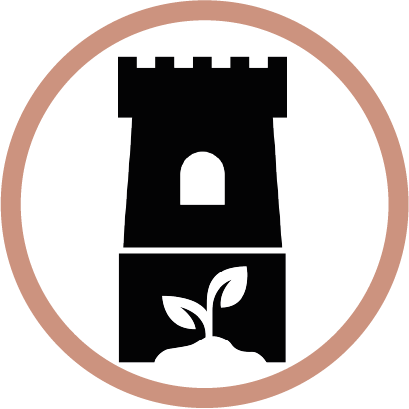
Create a green setting for heritage assets
See more information in the GBI toolbox page.
Creating green places where visitors and locals can enjoy Kidwelly’s heritage assets would increase the attractiveness of Kidwelly. As would “greening” the walking routes between Kidwelly Castle and the high street.

Green the high street and urban areas
See more information in the GBI toolbox page.
A greener high street that links to the castle and other heritage assets would encourage visitors and locals walking to the high street and spending in the town. The Kidwelly Sustainable Economic Growth Plan highlights opportunities for improving the visitor environment using traffic calming measures alongside street trees, rain gardens, pocket parks and high quality green paved areas – such as the area by church used for small markets and the town square.
Greening urban residential areas – particularly in the central area of town and in council housing estates in the south of the town joining Causeway Street – presents an opportunity to improve access to quality open space and create greener neighbourhoods for wellbeing and natural flood resilience.

Expand and manage woodland and hedgerows
See more information in the GBI toolbox page.
Expanding tree cover by introducing street trees along key corridors would both help to combat air pollution and encourage walking and cycling locally. Key corridors include the walking route between the railway station and the town, and the high street. While Kidwelly’s narrow streets make street trees more challenging, the reconfiguration of some parking spaces can help make space for street trees in the public realm.
Wider woodland planting in the surrounding landscape will be important and delivered in part through the Welsh government’s Sustainable Farming Scheme. Tree planting south of Quay Road is one such area that is being explored.
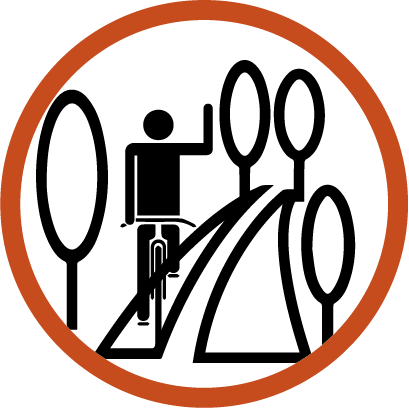
Provide green routes to walk and cycle
See more information in the GBI toolbox page.
Improving the extent, safety and greening of walking and cycling connections to key local destinations will improve recreational and local connections. These destinations include the Wales Coast Path , Burry Port, Llanelli and attractions such as Pembrey Country Park.
Improving footpaths through the town should also be a key focus – particularly around the riverside, the Quay, through Glan Yr Afon and other routes identified in the Kidwelly Walks Pack. High quality wayfinding will be important, particularly to encourage increased tourism passing through the town.
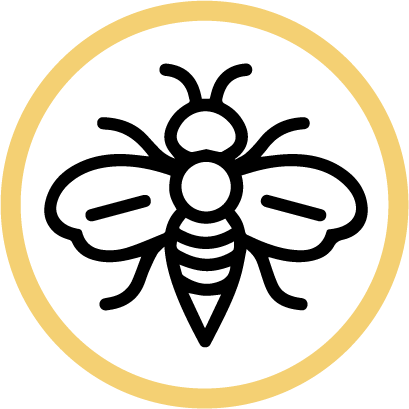
"Rewild" grass areas
See more information in the GBI toolbox page.
There are opportunities within existing grassed areas to improve biodiversity functions. These can be found in Parc Stephens, Kidwelly Quay, and Glan-Yr-Afon Local Nature Reserve and Car Park, where there are opportunities for habitat creation, wildflower planting and a ‘wilder’, less managed landscape.
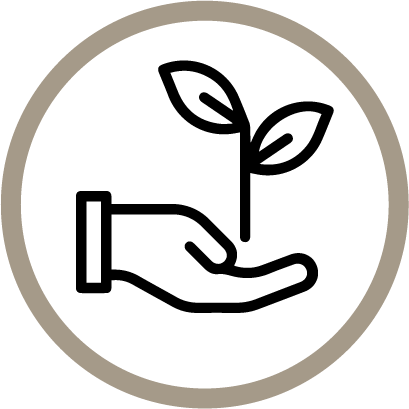
Find space for community growing
See more information in the GBI toolbox page.
In particular, growing spaces established in the grounds of Kidwelly’s schools could also function as outdoor classrooms, boosting young people’s understanding of the local environment and vocabulary for nature in the Welsh language.
Within these grounds, living walls and rain gardens features would also reduce surface water run-off in schools and combat air pollution.
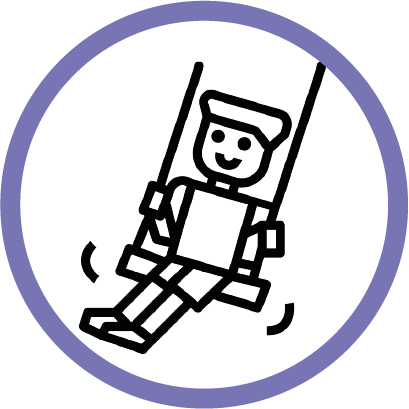
Create playful spaces
See more information in the GBI toolbox page.
Kidwelly already benefits from a number of play spaces. However by weaving “playful spaces” throughout Kidwelly’s GBI network, we can encourage families and young people to explore and enjoy the natural environment.
This might take the form of greening existing playful spaces, like Parc Stephens, or by providing incidental play features (such as landscaping or public art) along river corridors or coastal paths. This would make Kidwelly more inviting and sensory to explore on foot at all ages, and would attract visitors as part of wider tourism initiatives.
